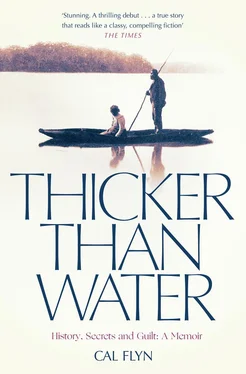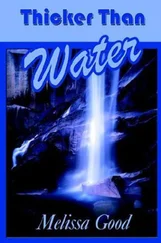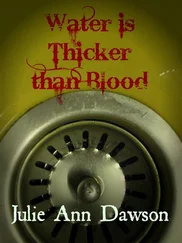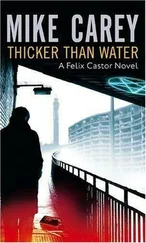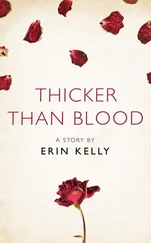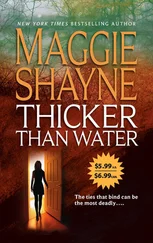Never mind that I fled at eighteen, as soon and as fast as education allowed – first to India and later to university in England, both in their own way the most antithetical environments to the Highlands that I could imagine – or that by now I’d lived for so long away from ‘home’ that my accent had slipped so low as to be imperceptible. They say that ex-pats make the best patriots, and I believe them. I can’t help it. I love the place.
My childhood summers were spent paddling with Highland ponies in the biting cold waters of Loch Ness, then charging – kicking their barrel sides and flapping my reins – together up the muddy tracks in the hills above. In the autumn I walked home across the field, gorging on brambles, stumbling through nettles. We swam in the loch behind my house, climbing into a rowing boat at its centre and jumping off again until our fingers turned blue. When we were older my friends and I threw parties in fields, drinking cheap cider amid clouds of midges, lying back on our jackets to watch shooting stars. And in the winter, if we were lucky, the northern lights.
The Highlands are a place where it’s easy to escape and walk out all alone, except for the sheep and the honeysweet aroma of the gorse. It’s a place where you can go entire days, even in the middle of summer, without seeing another soul. To me it seems the only place to be from.
Now it was to the Highlands that I had the urge to return. I was suddenly grateful for the grandeur of the landscape and the reassurance of family, newly appreciative of the importance of knowing and understanding my place in the world. Fed up with being a lone wolf, I was turning tail back to the den.
With two weeks’ leave to play with, I set off with my mother on a jaunt around the island haunts of her youth. From our home on the Black Isle we headed west, through the green pastures of the east coast and up into the bleak stretches of heather moor that characterise the north and west, skirting the lochs that split the country along its weakest fault. Mum’s a nervous passenger, and she clutched the door handle and held her breath on the corners, but between the bends we talked about family, her family – all these vivid characters to whom I am bound inextricably but have never met, the people who define so much of my identity.
When my grandmother was still alive we would make this journey often, rushing to catch the ferry from Kyle and rumbling the car down the concrete slip and onto the diamond plate of the metal ramp. I would peer out at the other cars, crammed together like a herd of cows, and the big metal rivets that held the walls together. Everything that went on and off the island came via that ferry – horses kicking the backs of their boxes, sheep packed two-storey into trailers with their ears poking through the air vents, lorries bearing food and supplies that shifted the balance of the ferry perceptibly as they came on board.
Once aboard we had to leave the car and clamber up the metal ladder to the wet-sprayed deck or the striplit waiting room in case the vehicles started moving around during the voyage. It was just a short jump by Hebridean standards. You could see our destination, Kyleakin, across the water, and the hills of Skye, whose southerly arm, Sleat, loomed up in front of us as the little ferry set off gamely across the waves. After twenty minutes we all trooped back down the ladder and into the cars to drive off up the ramp. It was my favourite part of the trip.
Now the ferry is gone, replaced by a road bridge that skims across the water like a stone, shooting straight out from the mainland and skipping off Eilean Bàn – ‘the White Island’ – barely missing the lighthouse and its keeper’s cottage, the impact sending it arching in a high parabolic path above the sea before alighting on the Skye coast.
Skye is central to my family’s history. It’s where my mother grew up, and where her father’s family was from, and it’s also where my parents met, when my father came to work with my maternal grandfather in the Portree court. We drove north along the edge of the island, stopping at sites of family significance. ‘That was my granny’s house,’ said my mother as we reached Breakish, a scattering of crofthouses set back from the road. She pointed to a whitewashed cottage with a neatly hatched slate roof. Triangular dormer windows poked through the tiles at the front like eyes, in the local vernacular.
Across the road sat the family croft – a narrow strip of land stretching away towards the sea, a traditional island smallholding held under an unusual form of Scots law, whereby tenants rent the land from the local estate, build their own houses on it, and pass on the tenancy when they die. Mum’s brother Myles was still the official tenant, although the grass was quietly being grazed by a neighbour’s bedraggled sheep in his absence. We stopped to look, but I felt odd and underwhelmed. The croft is a ghostly, wordless presence in many of our family’s discussions of Skye, a reference point around which stories and lives rotate. But in reality, there was nothing marking it out as ours.
I had heard that it didn’t have any buildings on it any more, that the house had been sold off separately decades ago, but I hadn’t really processed that. Seeing it in person for the first time in years, this soggy paddock didn’t feel much different from any of the others around it, or the thousands we’d passed on the drive. Still, I felt that it meant something to have gone there, that it existed. There was a link between our family and this rocky patch of earth, something more material than memory alone.
A track led down from the road across a flat expanse of reeds and heather to the Breakish graveyard, where my forebears lay quietly on a rise overlooking the beach, dark kelp drawn up tight over the sand like a blanket.
I remembered this place from my childhood: windswept, the black sea bottomless under a sombre sky. Cattle standing on the track. The large cartoony petals of carnations in their metal colanders and the fabric flowers stabbed into oasis foam, cloth leaves fluttering in the cold wind.
We laid flowers at the graves of my grandparents and of my uncle Niall, who died when I was young. Afterwards we drifted through the kissing gate into the oldest section of the graveyard, behind a low dry-stone wall. Here the gravestones were larger, monumental, almost Gothic. Marble angels crouched with heads bent, in mourning for entire families. Celtic crosses stood proudly; a row of neat matching stones remembered unnamed sailors.
There were family stones here for us too. We browsed, looking for the name.
‘Wait – here.’
It was a neat grey stone, almost as tall as me, the stone left rough along its edges. Engraved ivy climbed up the left side. ‘In loving memory of Myles McMillan, died 14th December 1899 …’ began a roll-call of the deceased. There, at the foot of the list, came ‘… and Angus, Christina, who died in Australia’.
I had a camera in my hand. I lifted it, focused on the stone. Snap.
Portree was a thirty-mile drive north from Breakish along the coast, through the seaside village of Broadford and darting between the feet of the red Cuillins – Beinn na Caillich, ‘the hill of the old woman’, with her grizzled and scree-strewn face, then Marsco and finally the perfect, conical Glamaig. The black Cuillin ridgeline loomed up in the west beyond, jagged and forbidding.
To our right we looked out across the water to the tiny isle of Pabay and her big sister Scalpay, then the south end of Raasay rose out of the water, with the familiar shorn crown of Dun Caan, flat like a tabletop.
Portree is a small town – a big village, really – clasped between the three steep sides of a fishing harbour. We wandered along the water’s edge between stacks of green-stringed lobster creels and the neat cottages that line the quayside; painted baby-blue and rose, sage-green and amber. The evening sun caught the sides of the fishing boats and buoys that speckled the sea loch further out, and burnished the rocky slopes of the isles beyond.
Читать дальше
